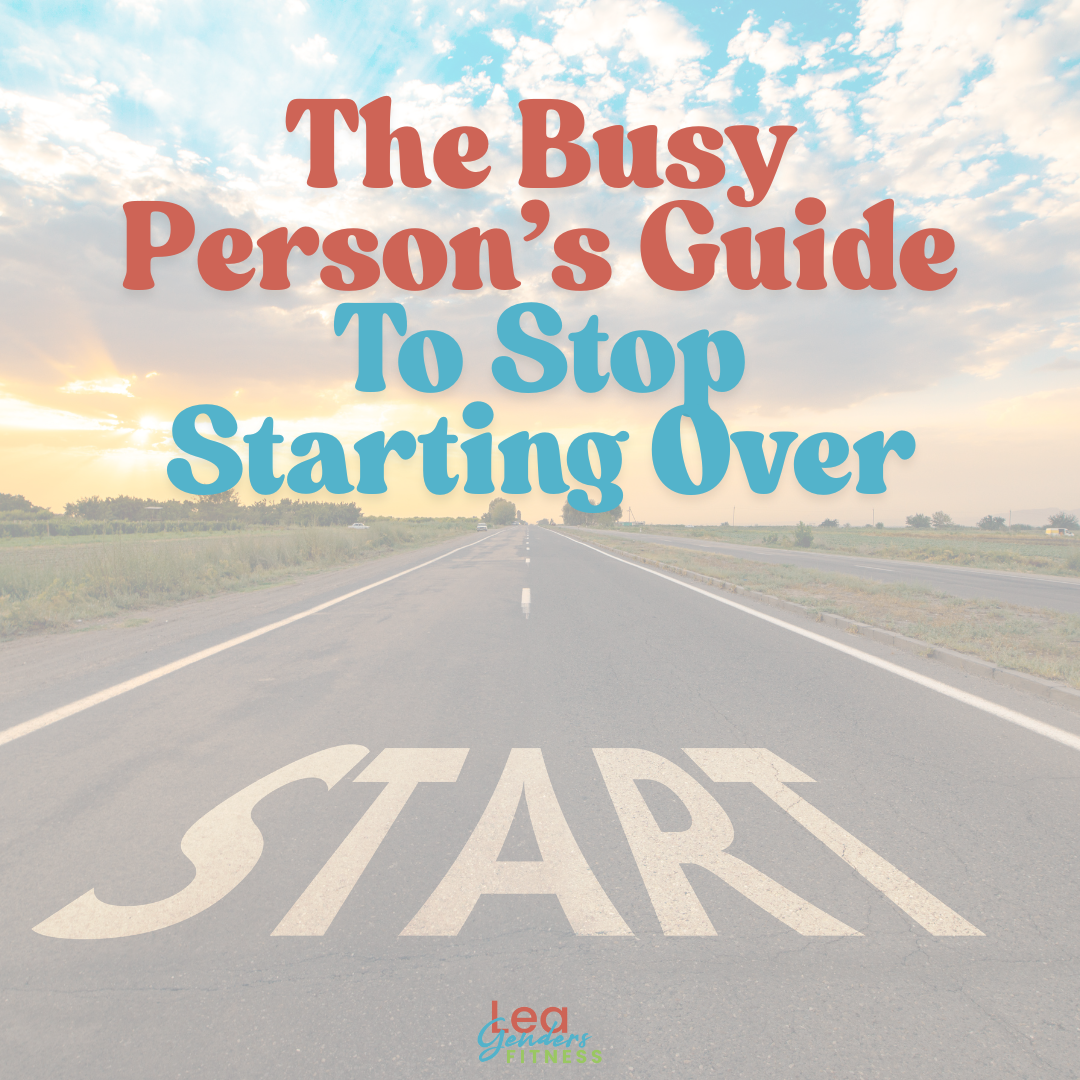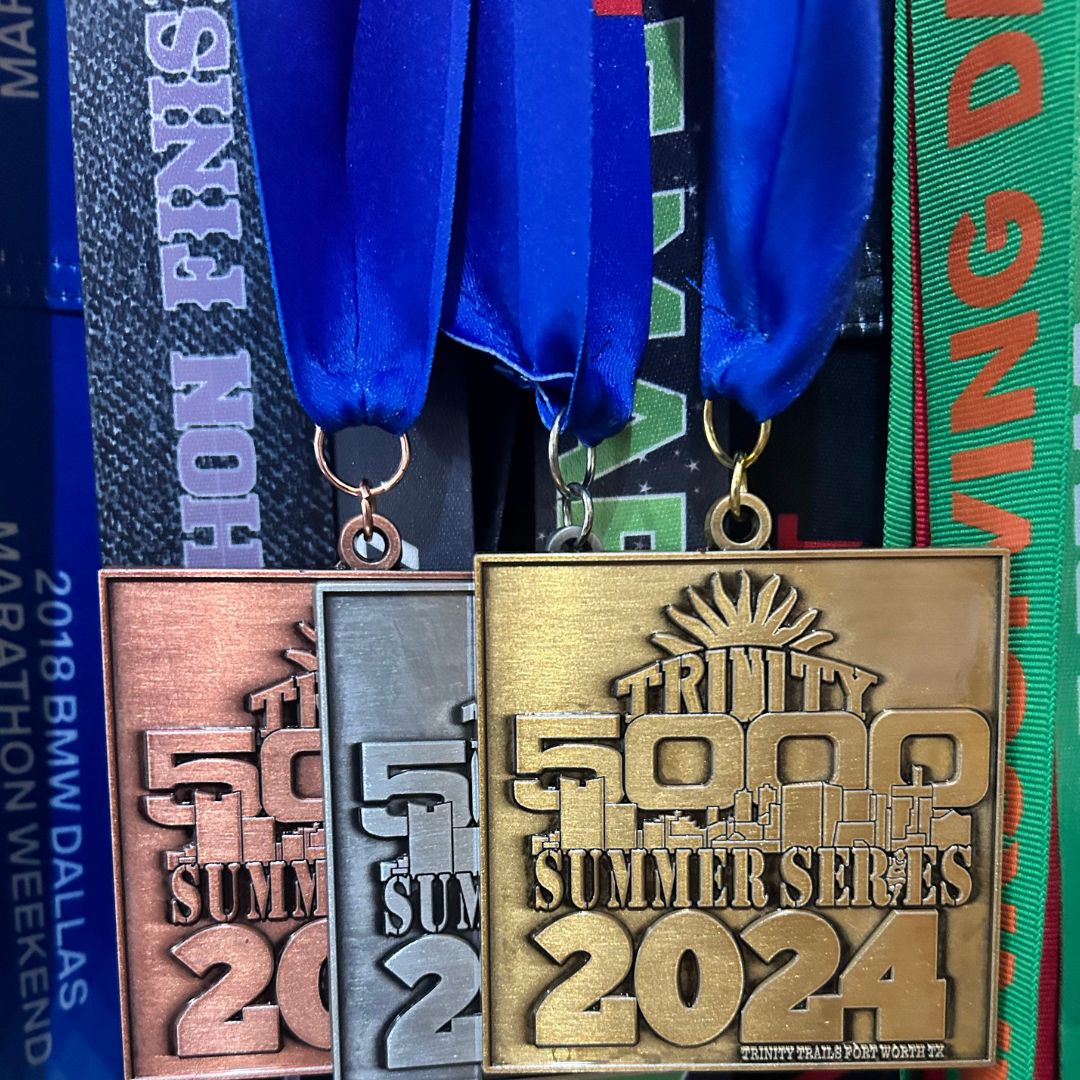I am working on a brand new program that includes a running plan, strength training for runners, an injury prevention tool box and a nutrition guide.
Before starting any new running, training or healthy-living program (we don't "diet" around here) it is a good idea to take some time to think about your goals. After all, if you don't know where you want to go it's kind of hard to get there. Set clear goals before starting any new program. Write down your goals for the best results. Yes, on old fashion paper. Did you know when you write down your goals you are more likely to achieve them? Of course you still have to do the work, but the first step is to write them down.
BE SMART
Get specific. Make sure your goals are S.M.A.R.T. Specific, Measurable, Achievable, Realistic and Timely. Instead of saying that your goal is to run faster, it is better to say you want to decrease your 5K time by 30 seconds per mile in 12 weeks by running four times per week, including three or four 20 minute strength training workouts and eating properly for running performance. Be specific as possible with a goal that you can measure, that is realistic and achievable within a reasonable timeframe.
FOCUS ON ACTION
Goals don't achieve themselves. Write down your goals then write down three to five things you can do every day (or every week) that will bring you closer to your goal. If your goal is to lose 10 pounds, your five action steps might be: 1. Eat mostly whole foods from natural sources 2. limit added sugars to 20-25 grams a day 3. walk 10K steps a day 4. Do a workout that gets your heart rate up for 30 minutes 3x a week 5. Sleep 8 hours a night. Then focus on action. You can't always control the outcome or timeline of achieving your goals, you can almost always control the actions. Focus on one new action at a time and build slowly over time.
CHANNEL YOUR INNER FIVE YEAR OLD
The next step is to understand the why. Find your inner five year old. Did you ever tell a five year old to clean his room? But why? Because it's messy. Why? Because you left for school without putting your toys away. Why? Because we ran out of time and the bus was coming. Why? Because the bus driver is on a schedule. Why? Because our tax dollar pay him. And so on...
You want to lose weight? Why? To feel better. Why do you want to feel better? So I'll have more energy. Why do you want more energy? So I can do more things with my family without feeling worn out. Aha. The why is the family values. While you may want to lose weight to look sexier, there is often an underlying reason that helps connect you emotionally to your goal. If you want look skinnier so you can get more likes on instagram, you are less likely to achieve it. Find the reason that connects your goal with what you value in life.
Make sure you have a goal that you find meaningful. Make sure it is something you actually want to achieve instead of what you think you should want. Find your why. Dig deep to uncover your why for better success in achieving your goal.
BE FLEXIBLE
Things change. Goals change. Sometimes you don't want what you thought you wanted six months ago. It's OK to change your goals as you go, in fact, it's a natural progression. It's not quitting. It's pivoting. It's evolving. It usually means you are growing. Don't feel the need to hold tight to goals that don't serve you anymore. When your goals no longer align with your values, it's time to pivot.
SHARE YOUR GOALS AND JOURNEY
Some people say that social media is turning us all into cast members of The Walking Dead. People are walking into traffic and tripping into water fountains because they are too busy staring at that object permanently attached to their hand. But there are good things about the internet and social media. Leave the bad behind (caring about likes, drama and fake news) and embrace the good. Social media allows you to connect with like-minded people all over the world. If you are a knitter who loves basketball and techno music, there is probably more than one other person in this world with those same passions. You can find them on the internet. If you happen to love running, reading blogs, working out, alternative rock music and dogs, then hey, we should probably be friends, because that is what I love.
Tell your friends and family your goals. If you want to expand your friend circle, tell like-minded folks on social media your goals. You're likely to find hundreds of supportive people ready to cheer you on. Use hashtag #strengthandrunninggoals to share online. Find me on Instagram or twitter and I'll be your virtual accountability buddy!
Like this post? It helps me a lot when you share with your friends and followers on social media.














































When progress feels slow or uncomfortable, it’s tempting to chase something shiny: a new diet, a new plan, a total overhaul. But what if the problem isn’t your plan? What if it’s just the part where it gets hard? In this post, I’m sharing the simple mindset trick I use to stay focused when distractions pop up, and how the same approach can help you stop starting over in your health and fitness goals.